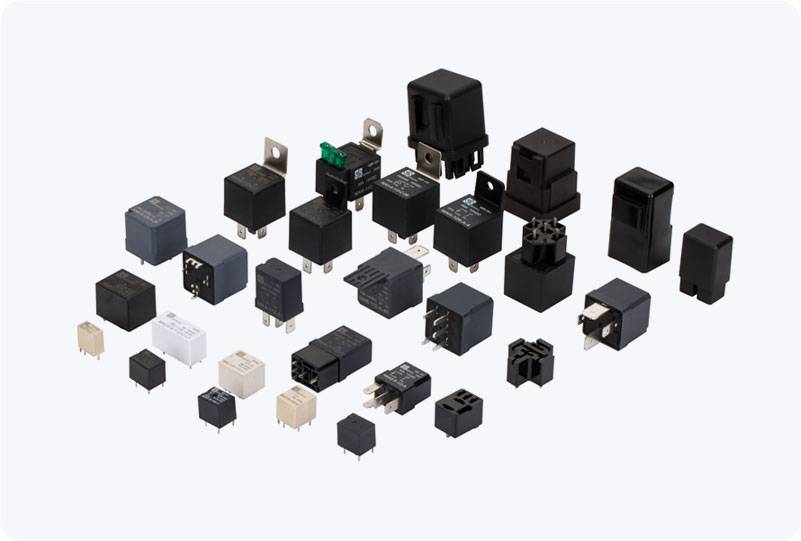understanding the 24vdc power relay: function, applications, and benefits
Release time:2025-10-17 03:28:42
A 24VDC power relay is a versatile and widely used component in electrical and electronic systems. As a type of electromagnetic switch, it plays a critical role in controlling electrical circuits, especially in environments where direct current (DC) is the primary power source. This article will explore the essential functions, common applications, and key benefits of the 24VDC power relay, offering a comprehensive understanding of its significance in modern electrical systems.

What is a 24VDC Power Relay?
A 24VDC power relay is an electromechanical device used to control the flow of electricity in a circuit. It consists of a coil, a set of contacts, and an armature. When a 24V DC voltage is applied to the coil, it creates a magnetic field that pulls the armature, causing the contacts to either close or open, depending on the relay’s configuration. This action allows the relay to control the connection between circuits, enabling it to turn on or off high-power devices with a low-voltage control signal.
Working Principle of 24VDC Power Relays
The basic operating principle of a 24VDC power relay is quite simple. The coil, which is wound from wire, generates a magnetic field when current flows through it. This magnetic field moves the armature, which is a movable metal piece connected to the relay's contacts. When the armature moves, the contacts either connect or disconnect, thereby controlling the electrical flow to the connected device.

